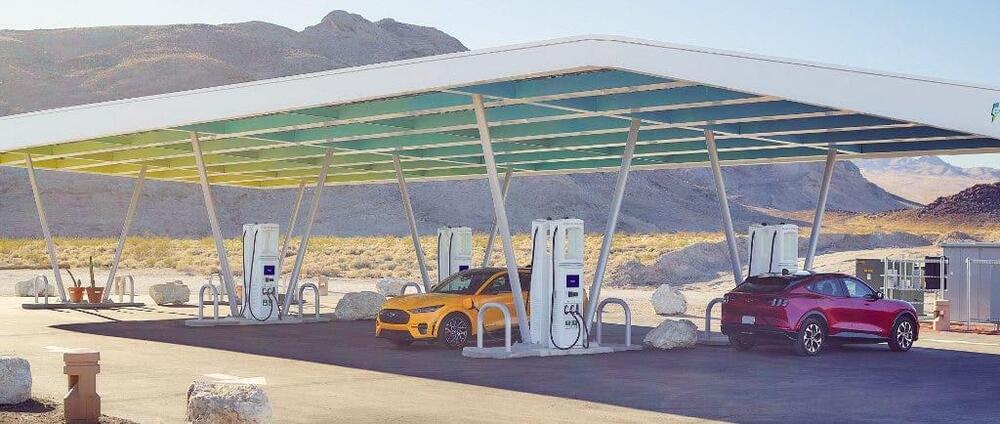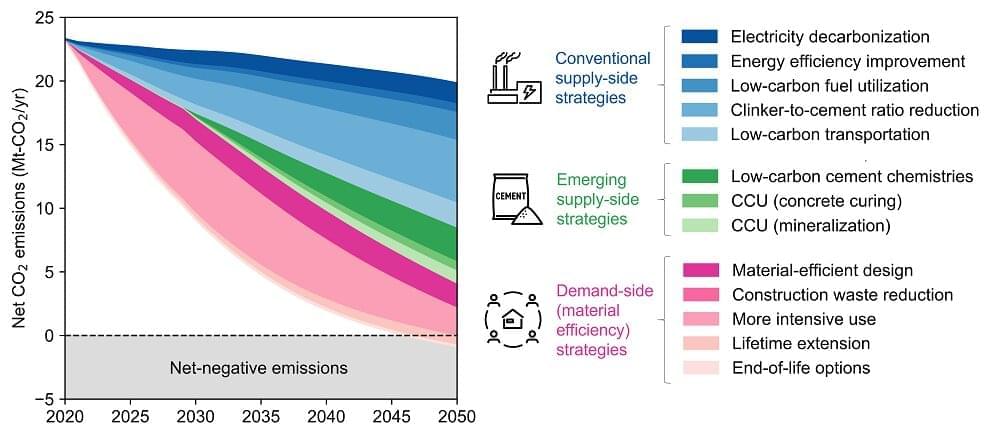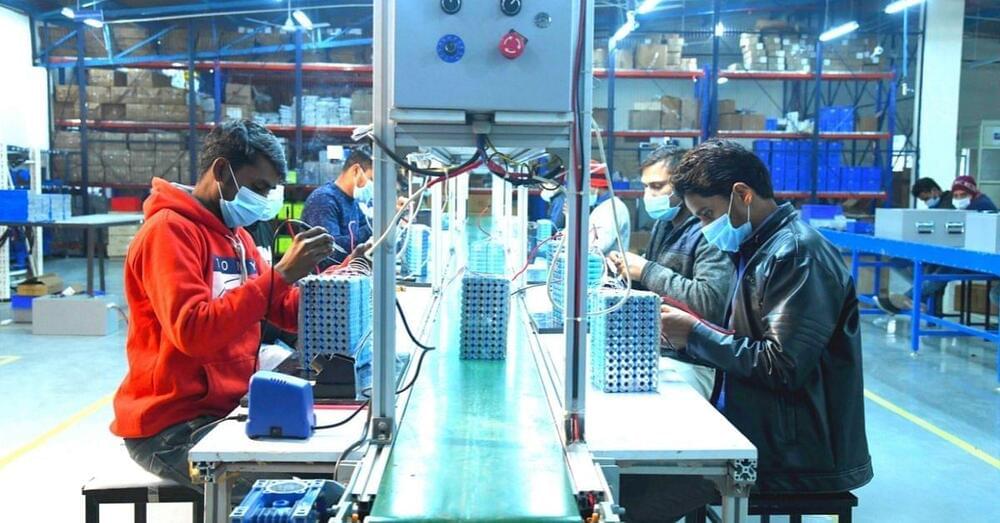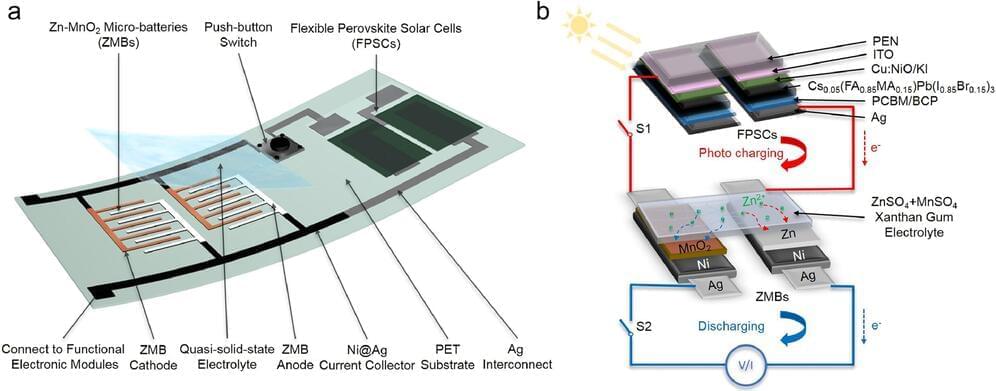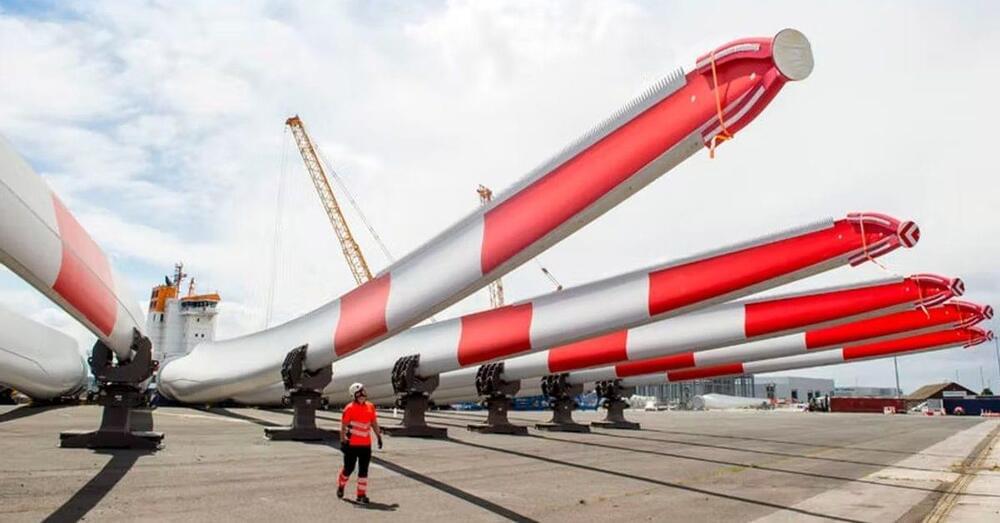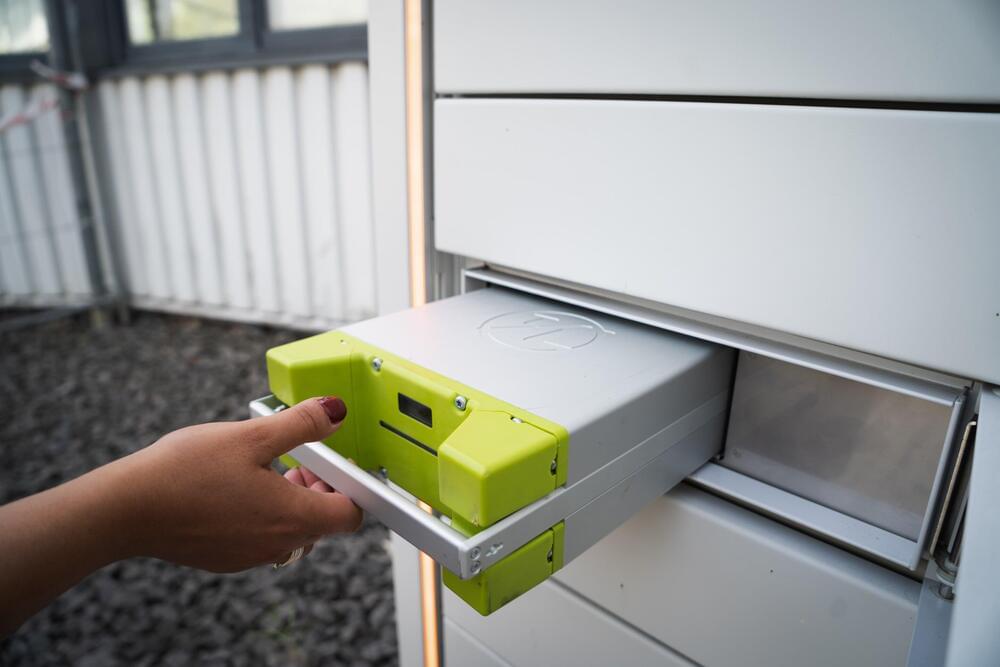Aug 4, 2022
This Gates-Backed Startup Builds Modular Homes Out of Energy-Efficient Panels
Posted by Shubham Ghosh Roy in categories: energy, finance, sustainability
Companies specializing in cutting-edge construction techniques are aiming to make a difference by churning out high-quality homes at a lower cost than traditional industry standards. Among these are 3D printed homes, “foldable” homes, and homes that ship in kits then are assembled like Ikea furniture.
Now a new player is joining the list, and it just got a serious financial boost. Vantem Global has already helped construct a total of over three million square feet of living space in six different countries, and earlier this month closed a Series A funding round co-led by Breakthrough Energy Ventures (Breakthrough was founded by Bill Gates in 2015 to invest in sustainable energy and emissions-reduction technologies).
Continue reading “This Gates-Backed Startup Builds Modular Homes Out of Energy-Efficient Panels” »

